All About Kit Lenses
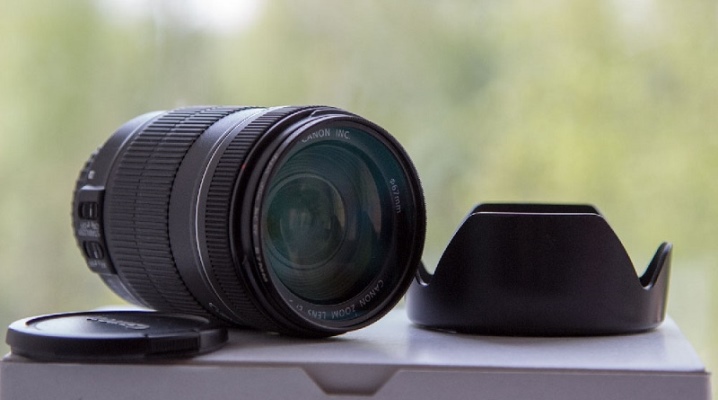
Whale lenses are standard on interchangeable-lens cameras and are predominantly SLR models. Some consider them not very versatile and functional in comparison with the optical devices of the older lines. But the main advantage of whale optics, when compared with expensive analogs, is the coverage of 4 classic focal lengths, which are often used by old-school photographers.
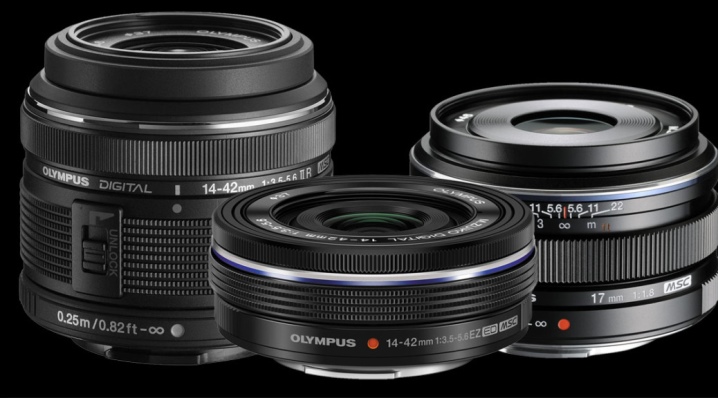
What is it and how is it different from the usual?
The whale lens in the camera is also called the starting lens. Experienced photographers usually use cameras with "normal" optics. Whale models are more often chosen by beginners to get acquainted with the basic parameters. Optics from this line are quite unpretentious and inexpensive. Equipping cameras with whale lenses does not greatly increase their price.
A camera with a whale lens acts as a guide to the world of photography, it is equipped with everything you need to take great pictures and to develop creatively.

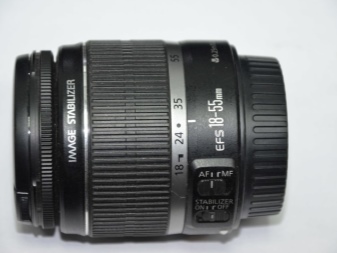
Varieties
Whale optics include lenses with a focal length of 18-55 mm. It is usually equipped with inexpensive digital cameras. The focus range allows you to cover a wide range of scenes when creating amateur shots.
Lenses with a focusing distance of 18 mm can be used for presentable landscape photography. 35 mm optics are used for genre photography, and 55 mm for portrait photography.
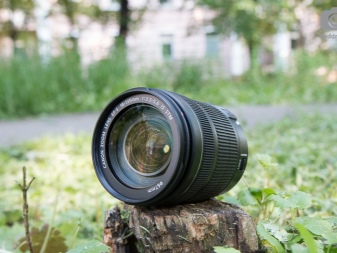

But in some cases, the indicated multiplicity may not be enough, then you will have to use optical devices of higher multiplicity, they are also considered whales, they are equipped with cameras.
In short-throw optics, the angle of view is 18-55 mm, it is well suited for portrait and landscape photography, for close-ups, and when creating portraits, it is recommended to use long-focus lenses with an angle of view of 55-200 mm.
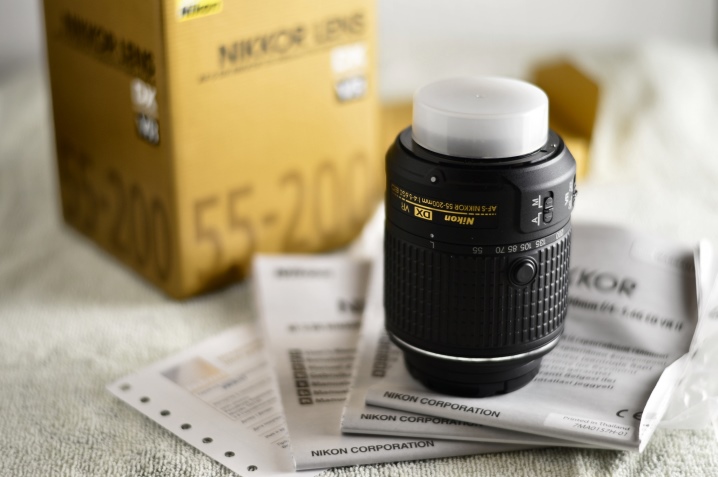
Manufacturers
Many brands are engaged in the production of whale optics. It is best to choose equipment from trusted manufacturers. These are companies such as:
- Canon;
- Sony;
- Nikon;
- Fujinon and others.
The lineup of these brands includes affordable cameras equipped with whale optics.
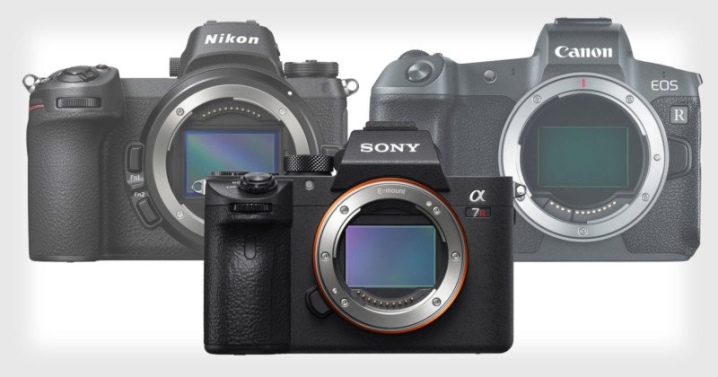
Selection Tips
Before purchasing a camera equipped with a whale lens, you should analyze the pros and cons of such optics.
The key advantage of optical devices from this family is that they have an affordable cost. This is the most favorable ratio between price and quality.
Modern modifications of whale lenses are not inferior in sharpness to more expensive analogues in the genres of landscape and macro photography. They can also be used when traveling, because a closed aperture is used to capture such scenes.
But for shooting in insufficiently good lighting, it is better to choose other options.
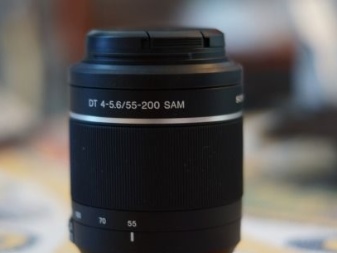

The overwhelming majority of whale lenses are equipped with a built-in optical stabilizer. This makes it possible to take high-quality photos without using a tripod.
Another plus of whale optics is a short focusing distance. It can be used for macro photography. This distance is not common for all lenses. Adjustment filters and extension rings can be used as needed.
The weight of the kit lens is 200-250 grams. The weight of the kit, which includes a camera with similar optics, is approximately 0.5 kg.Professional cameras are heavier. Cameras with whale optics are convenient to use during long walks - hands will not get tired, which will allow you to concentrate on shooting as much as possible.
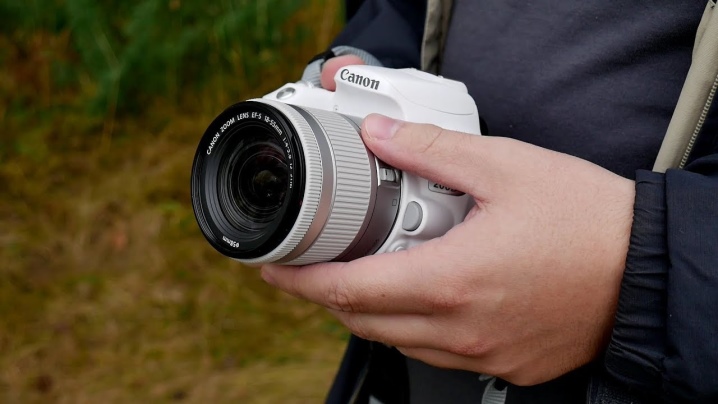
Optical devices of this type are not without drawbacks. Naturally, modern versions of whale lenses are more advanced than previous generations, but all the shortcomings have not yet been eliminated.
The first disadvantage is related to the build quality and materials. The lens sometimes squeaks and has slight backlash. Autofocus makes noise, it is inferior in speed to more expensive versions. The body of these lenses is made of cheap plastic. They are not protected from dust and moisture.
Another drawback is associated with the relatively low luminosity. According to this parameter, whale optics are significantly inferior to good standard zooms. Whale lenses should be chosen in cases where aperture does not play a decisive role. Such devices do not provide an opportunity to “tear off” objects from the background, with them it is impossible to achieve a beautiful blur of the background.
If you decide to buy a camera with a whale lens, you should choose equipment from well-known manufacturers.
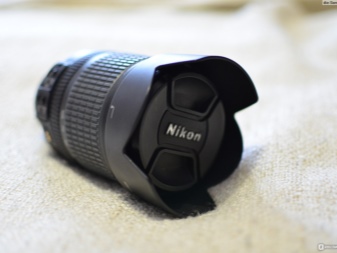
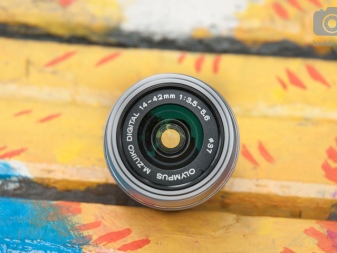
Instructions for use
Some are dismissive of the whale lens - and in vain. This is a great option for beginners who are still poorly versed in terminology, do not fully understand what a focal length is, how to set it correctly.
It is worth starting mastering the art of photography with a whale lens. It will allow you to try out the maximum number of genres, introduce you to the key characteristics of optical devices. This lens can be used for shooting in adverse conditions when there is a high risk of damaging the optics.

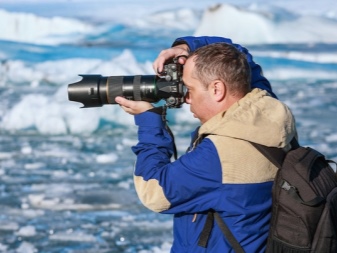
For accurate focusing on the subject you need to maintain a distance of at least 25 cm.
This approach makes it possible to photograph, including close-ups. You can eliminate camera shake by setting the shutter speed to 1/100 second. Many photographers use the image stabilization option.
The main thing is not to forget that the quality of images in most cases depends on the skill of the person who takes the picture., not from technical equipment. Use a whale lens to develop your photography skills. Knowing about the possibilities of such optics, you can quickly decide on the genre of future work. If a person has no experience in photography, there is no point in immediately buying expensive optics, it is better to start with a whale lens. Budget cameras equipped with starting optical devices have many advantages, and their purchase does not require large expenses.
See the following video for how to use whale lenses.













The comment was sent successfully.